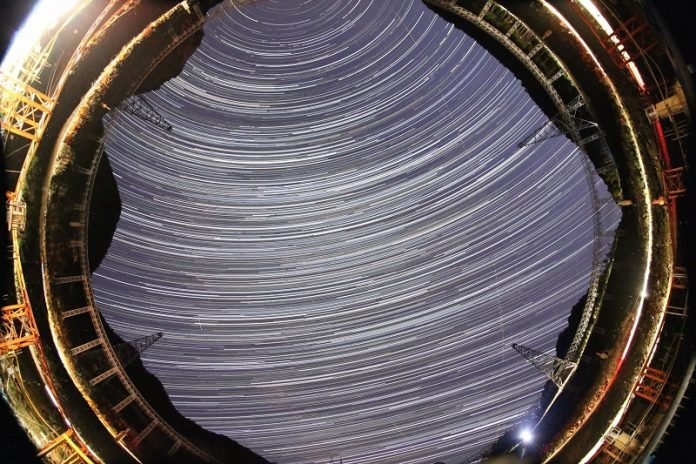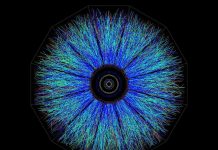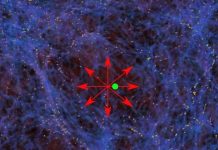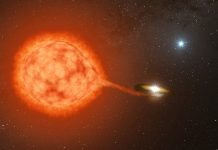
Did you know that moving objects can create ripples in space and time?
Just like a boat moving through water can cause waves, so can massive objects in space – like huge black holes.
These are known as gravitational waves.
Scientists have been eager to study these waves because they can help us understand how the universe formed and evolved, but catching them is like trying to hear a pin drop in a noisy room.
Recently, a group of Chinese scientists made a huge step forward in this field. They found solid signs of what are known as nanohertz gravitational waves.
These waves are super tiny and very slow. Their frequency is so low that they can take years to complete a cycle and they can stretch for several light-years!
The only known way to detect these waves is by observing millisecond pulsars – neutron stars that spin incredibly fast and regularly.
The team of researchers from the Chinese Pulsar Timing Array (CPTA) worked together on this project.
They used the Five-hundred-meter Aperture Spherical radio Telescope (FAST) to keep an eye on 57 millisecond pulsars over a period of 41 months.
They looked for signs of these elusive waves and found something promising: they saw patterns that matched the expected signals of nanohertz gravitational waves.
The chance that these patterns could occur randomly was extremely low – two in a million!
Because these pulsars are so far away and the gravitational waves are so faint, detecting them requires a lot of precision. To help them achieve this, the team developed their own software and data processing methods, and they were successful.
So, why are these tiny waves so important? Well, objects with a greater mass produce lower frequency gravitational waves.
For example, the supermassive black holes at the center of galaxies, which can be millions or billions of times more massive than our sun, mainly produce nanohertz gravitational waves.
These waves can also come from early processes in the universe or unusual objects like cosmic strings.
Observing these nanohertz waves can provide crucial information about things like supermassive black holes, the history of galaxy mergers, and how large structures in the universe formed.
Other groups around the world, like the North American Nanohertz Observatory for Gravitational Waves (NANOGrav), the European Pulsar Timing Array (EPTA), and the Australian Parkes Pulsar Timing Array (PPTA) have been working for more than 20 years to catch these waves.
New groups in India and South Africa have also joined the search.
By working together, these international collaborations can boost their chances of finding these waves. In fact, the more time spent observing, the higher the chances of catching these elusive waves.
The Chinese team’s observations were relatively short, but that means they have the potential to drastically increase their detection chances by continuing their observations.
In short, these scientists are on the hunt for the ripples in space-time that could help us unlock the secrets of our universe.
And their findings have brought us one step closer to understanding these mysterious waves.
The findings were published in the journal Research in Astronomy and Astrophysics (RAA).



